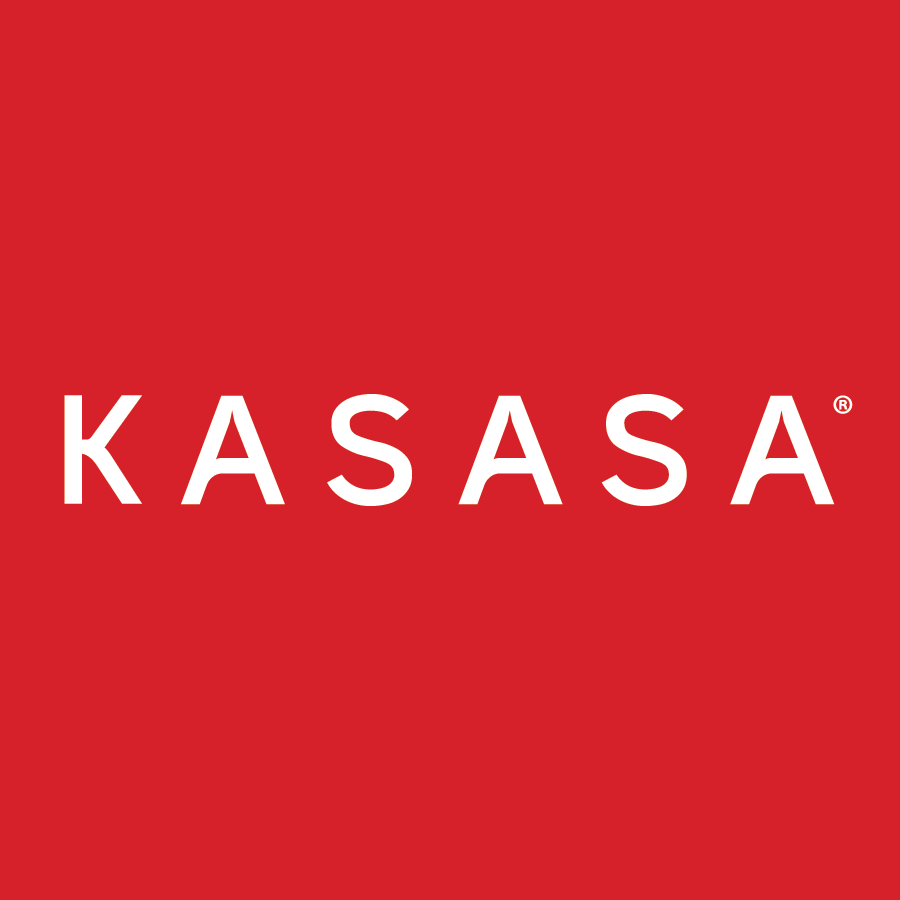Show notes:
- :20 Clinging to the status quo – There are risks that come with exploring new partnerships and innovating your services, but they can be far outweighed by the potential benefits. It’s like sticking with the same barber to the point where you’re willing to have a shaggy, Sasquatch head before trying someone new.
- 3:45 A tale of two data institutions – There are some institutions that mostly keep everything in-house and focus on their core banking services and capabilities. The second group is interested in leveraging partners to create co-banking systems and data-driven marketing. Today, a lot more institutions are seeing the value of a strong data strategy and these two groups are morphing.
- 5:35 Other data podcasts to check out – We reference two podcasts we recommend listening to as supplemental information for this podcast: “What’s next in banking technology with John Waupsh” and “Back office systems with Amy Gililland-Acosta”.
- 6:20 Data as a product – Traditionally, institutions have looked at data as a utility to answer questions about what has happened in the past. This is known as historical reporting. The next step is thinking about data as a product. What are the use cases for it? The business value you’ll get from it? Answering these questions will help you formalize the way you think about data capabilities and you can begin to use it for predictive analytics.
- 8:15 The first step of data maturation – With your current reporting, you may be able to see how many accounts you opened in the last month. That is useful to a certain degree, but it doesn’t tell the whole story. Ad-hoc analytics starts asking why those accounts opened at that time. Knowing this will bring more value to your institution.
- 10:15 The second step of data maturation – Next, you would use predictive analytics to find out why those accounts opened. Were you doing a certain time of marketing at the time? This will help you predict what will happen if those same pieces are in place.
- 11:40 Organic vs. inorganic data – Organic data is the first-party data that an institution has generated in-house. For example, an account holder going into a branch and opening an account generates data. It’s useful but doesn’t work for expanded use cases. Inorganic data can come from third-party data sources and be used to enhance marketing efforts and more. This doesn’t always have to come from a third party, you could generate inorganic data from people visiting your website. The best data strategies combine organic and inorganic data.
- 14:10 Fear of a third party – It’s a fair and common concern for financial institution leaders to perceive added risk when working with third parties. That’s why having a solid vendor management system in place and performing rigorous due diligence is vital when choosing a partner.
- 16:30 “I can’t quit you” – Financial institutions are so integrated with their core providers, it’s too hard to leave — even when they’re unhappy with them. However, nowadays, more and more core systems are open to working with third party technology vendors. So the dreaded core conversion isn’t always necessary to innovate your services.
- 20:50 Don’t chase the shiny new thing – Many community financial institutions don’t have a Chief Technology Officer, so where can they begin? The fact is, technology is not the most important aspect of a data strategy. You should look at what business value you are trying to achieve first. Then you can decide what you need to actually execute on that.
- 24:45 Commercial break – We’re hyping our digital roundtables. Sign up for one here!
- 25:50 A real-life case study – An institution Kasasa worked with was trying to figure out why some of their branches weren’t performing as well as others. They weren’t getting the whole picture from their internal data and looked to us to provide demographic, geographic, and ZIP code analysis. They took advantage of the scale that we offered and learned that some areas had more deposit share concentration. That kind of insight sounds simple after the fact, but it’s not easily available to many financial institutions alone.
- 28:10 Are examiners adapting? – Examiners wrote their rules way before most fintechs were getting started. There is some friction between the two, however, it’s important to remember that risk is not always tied to a system, a technology, or a vendor. Data could reside on a computer in your IT closet or with a third party. But if it’s connected to the internet, it’s has the same amount of risk. It doesn’t matter where your data is, just that it’s secure.
- 33:50 Three that make a good partner – 1. Do they know your industry and your pain points? 2. How seriously do they take security? 3. Can they bring scale?
- 38:10 Avoiding data potholes – Don’t stop at historical analysis and not build further. This can cost you more money and time in the long run. Build a roadmap for the evolution of your data so you can keep building, adding capabilities for your frontline staff, and optimizing the way your products are marketed.
- 41:55 Leverage your network – Community financial institutions are not alone. Talk to other leaders in your community who have had success with a vendor. There is strength in numbers.
- 42:15 Keep asking questions – A great data strategy starts with curiosity and asking questions.

Kasasa
Kasasa® is an award-winning financial technology and marketing services company that provides reward checking accounts consumers love, the first ever loan with Take-Backs™, relationship-powered referral programs, and ongoing expert consultation to community financial institutions. Together we can Take Back Banking™. For more information, visit www.kasasa.com or Twitter, Facebook, or LinkedIn.





